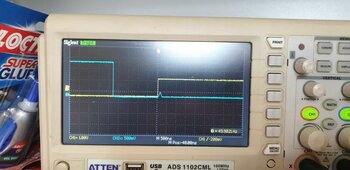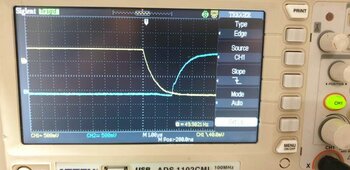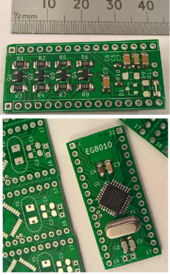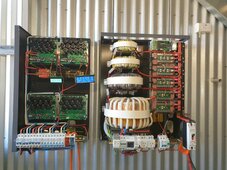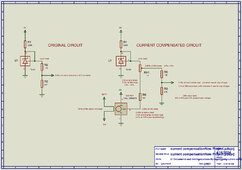Hedges
I See Electromagnetic Fields!
- Joined
- Mar 28, 2020
- Messages
- 20,690
35W idle sounds great for a 15kW inverter, normal for 5kW.
Will be interesting when you power a 15kW air compressor with 75kW surge. But not many single phase loads that big.
Performance with inductive/capacitive loads that have out of phase current, and other poor PF loads like LED lights and non PFC VFD.
If the situation that blows of FETs can be monitored, like overlap or non-overlap of gate signals, can you monitor that and back off to adjust prior to failure rather than fixing after failure?
Is insufficient overlap damaging, tries to block inductive kick rather than freewheel? If so does the architecture allow a diode to do the switching automatically, just with more loss?
Will be interesting when you power a 15kW air compressor with 75kW surge. But not many single phase loads that big.
Performance with inductive/capacitive loads that have out of phase current, and other poor PF loads like LED lights and non PFC VFD.
If the situation that blows of FETs can be monitored, like overlap or non-overlap of gate signals, can you monitor that and back off to adjust prior to failure rather than fixing after failure?
Is insufficient overlap damaging, tries to block inductive kick rather than freewheel? If so does the architecture allow a diode to do the switching automatically, just with more loss?



